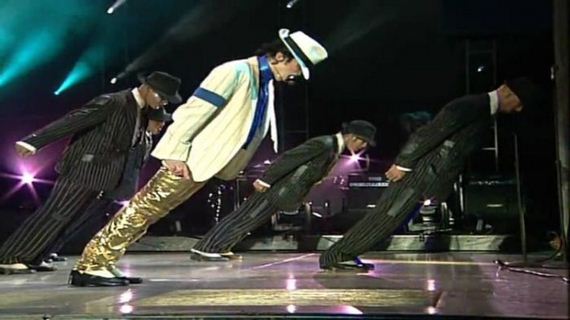Center-of-Gravity (modeling) Approach

Effective facilities planning and network design can result in both a strategic competitive advantage (serving customers quicker) and low cost differentiation. A good project will look at the location of facilities relative to customers and suppliers, and the types of facilities to help improve customer service while lowering costs.
Click here to read an example, with results, of a network design project.
Facility location decisions involve many logistics variables. Your job as a supply chain professional is to balance and compare these variables to optimize service levels, costs and flexibility. You have many modeling tools available ranging from simple to complex.
One approach of interest to an APICS CLTD candidate is the Center-of-Gravity Approach.
The APICS Dictionary, 15th edition, defines a center-of-gravity approach as:
‘a methodology for locating distribution centers at approximately the location representing the minimum transportation costs between the plants, the distribution centers, and the markets, in order to maximize revenue …’
The Center of Gravity Approach seeks to compute geographic coordinates for a potential single new facility to minimize costs. The main inputs considered are:
- Markets
- Volume of goods shipped
- Shipping costs
This method is beneficial because it’s (1) Simple to compute, (2) Considers existing facilities, (3) and Minimizes costs.
Click here to read more about using the center-of-gravity approach.
Bonus…
Shaida Allen Wilson 1:05 pm on October 4, 2017 Permalink |
Great information! Thanks
LikeLike